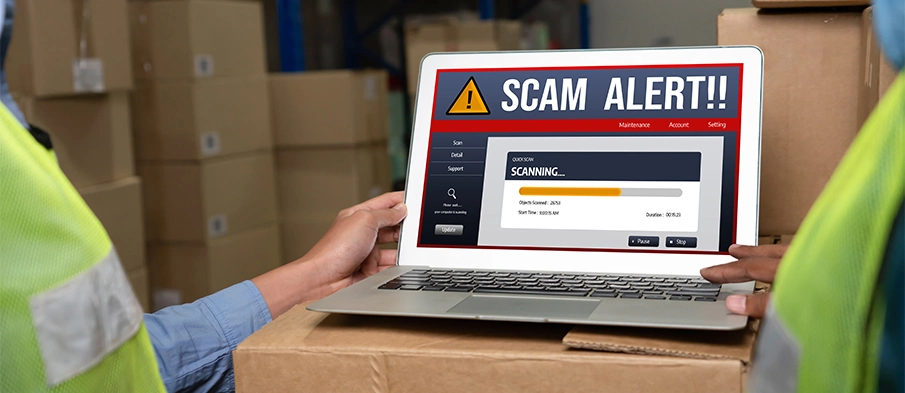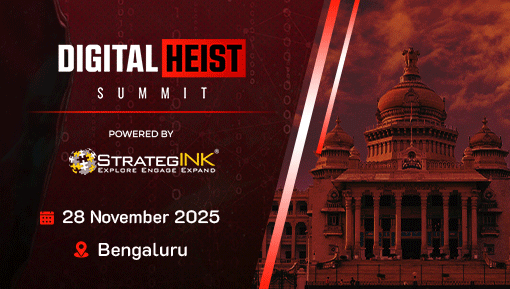
In the high-stakes world of critical infrastructure—where power grids hum, airport systems choreograph flights, and fuel flows beneath cities—trust is the invisible thread holding it all together. Trust in systems, vendors, and most critically, in the code embedded deep within industrial hardware. But what happens when that trust is exploited?
Picture this: an infrastructure operator installs what appears to be a routine firmware update from a trusted engineering vendor. Standard practice. But this time, the vendor’s update server has been compromised. A tampered firmware, carrying a backdoor, is unknowingly distributed to control units across multiple critical sites. Operations continue as usual—until small anomalies surface. A delay here, a sensor glitch there. A forensic investigation eventually reveals what’s lurking beneath: the firmware has been silently exposing system configurations and data for weeks.
Firmware-level attacks are elusive. Sitting below the operating system, they often bypass antivirus tools and standard security checks. These aren’t everyday malware infections—they’re long-term, deeply embedded, and dangerously quiet. And their implications go beyond corporate security. A supply chain compromise of this nature turns into a national security issue.
The question isn’t just about a single compromised unit. It’s about systemic vulnerability—what if attackers could remotely access or manipulate control systems in a power grid, airport HVAC, or water treatment facility? That’s no longer a technical threat. That’s hybrid warfare.
This isn’t hypothetical. The Stuxnet worm, discovered in 2010, was designed to target PLCs in Iranian nuclear facilities. It physically destroyed centrifuges—without triggering alerts. The 2021 SolarWinds breach showed how trusted vendors can become unintentional Trojan horses. When similar tactics are applied to operational technology, the risks magnify.
Fixing the damage isn’t easy. Firmware updates usually require physical access to devices, especially in air-gapped or high-security environments. That means downtime, operational disruption, and complex logistics. For organizations running continuous services—airports, power plants, metro systems—this isn’t just inconvenient. It’s a full-blown crisis.
Worse still, confidence takes a hit. Engineers question the tools they rely on. Stakeholders demand answers. Citizens feel the impact—flight delays, power issues, rising anxiety. The attack may be buried in code, but the effects ripple across a nation.
Securing our digital backbone demands a mindset shift. Firmware validation, secure update delivery, continuous monitoring, and strong vendor vetting must become standard. Trust can’t be assumed—it must be verified, always.
Because in today’s hyper-connected world, the most dangerous threats aren’t the loud ones. They’re the ones hidden in the code, waiting quietly, inside the systems we thought we could trust.






